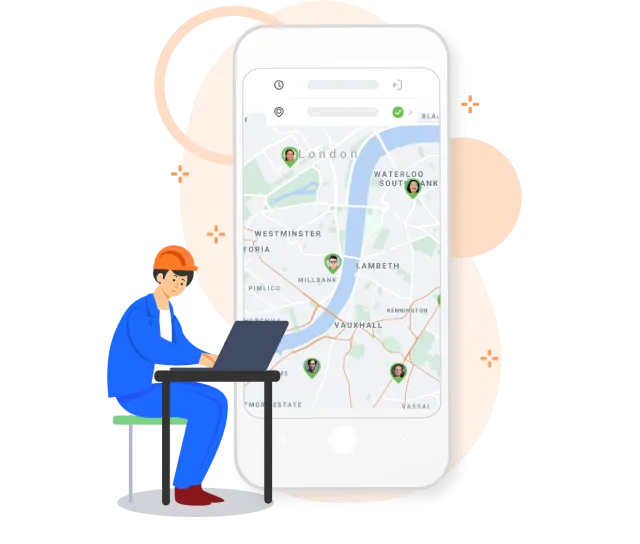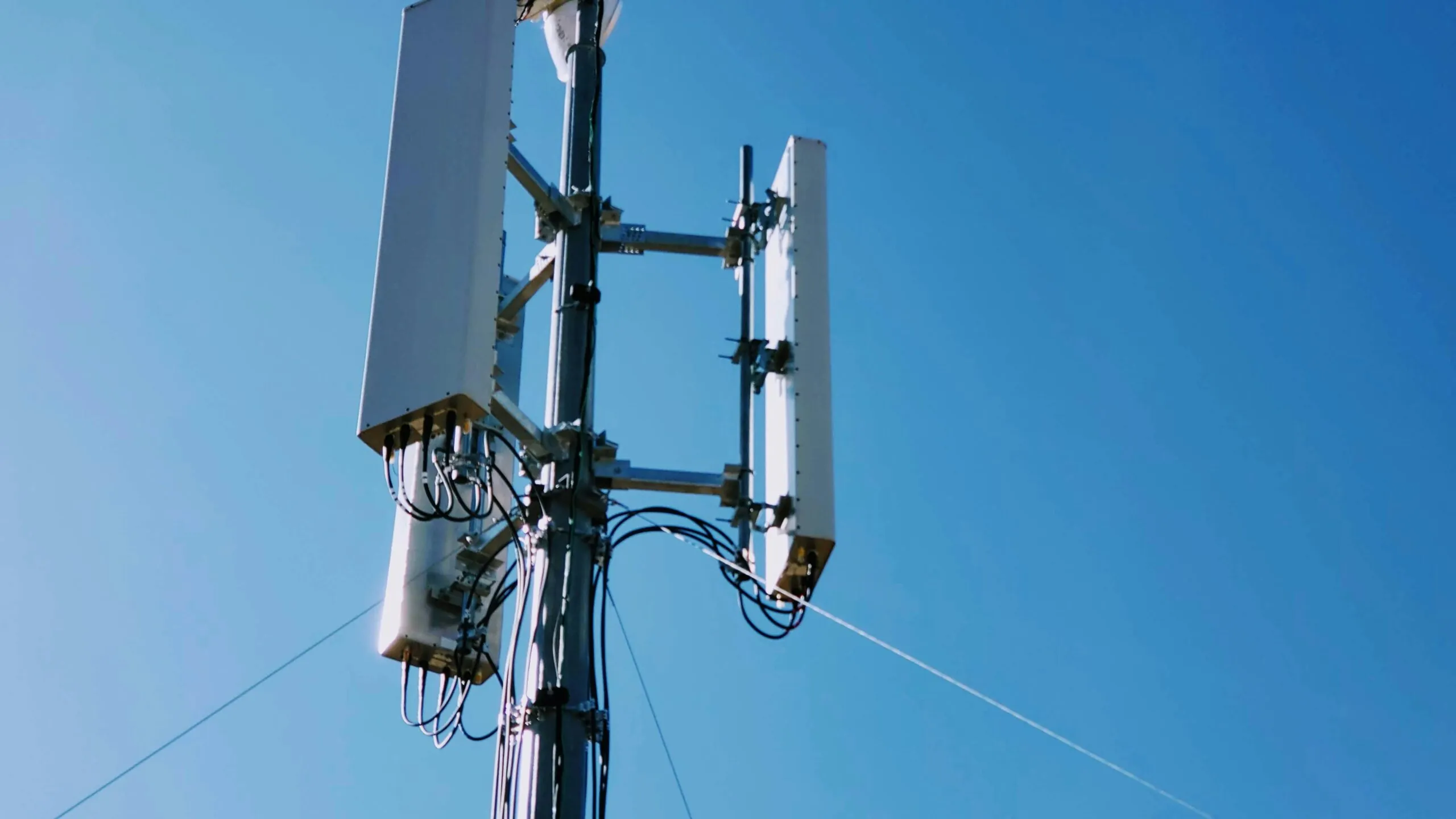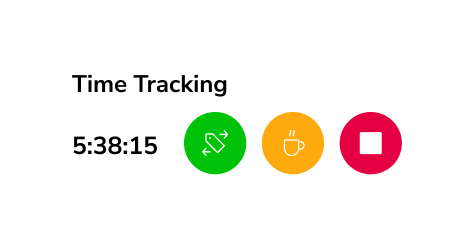
Image by Bruno from Pixabay
Background
A leading infrastructure firm that specializes in fibre and wireless solutions, designing, building, and maintaining alternative broadband networks across the UK.
The company’s expertise includes cutting-edge digital infrastructure, such as wireless internet and solar battery storage solutions, with services that range from town mapping and site surveys to civil works; mast, fibre, antenna and home installation; and technical support, while working closely with alternative network providers.
For confidentiality reasons, the company name is not disclosed.
Challenges with the Old System That Made the Company Change
Given the nature of the industry, where accurate scheduling and client assistance are critical, the company recognized the need for an efficient solution. Key challenges included:
1# Difficulty in Managing Remote and On-Site Employees:
Many of the company’s employees worked off-site, visiting client homes or locations for services. The old system didn’t have geo-fencing capabilities to ensure that employees were on location when clocking in or out. A modern system with geo-fencing would allow the company to verify that providers are clocking in only when they arrive at a client’s location, improving accountability and ensuring more accurate time reporting for off-site employees.
2# Difficulty Managing Travel Time and Client-Specific Hours:
On-the-road employees often spent time commuting between clients, and the old system did not differentiate between client hours and travel time. This lack of clarity made it challenging for both employees and managers to track how much time was spent traveling versus providing actual assistance. A modern system that allows travel time tracking separately from client hours would ensure employees are compensated fairly for all time worked and help managers assess the efficiency of route planning.
3# Limited Reporting and Analytics Capabilities:
The old time tracking system provided limited reporting, making it difficult for managers to gain insights into workforce productivity, labor costs, and billing accuracy. The lack of detailed and customizable reporting meant managers couldn’t easily track billable hours or assess the efficiency of assistance delivery. A new system offering advanced reporting and analytics capabilities would enable better decision-making, improve resource allocation, and help assess which services or shifts were most profitable.
4# Employee Engagement and Low Adoption:
The old system was difficult for employees to navigate, leading to frustration and inconsistent time tracking. On site employees found it challenging to track their hours accurately, especially when working across different client locations. A more user-friendly system with a mobile app would allow employees to easily clock in/out, view their schedules, and access necessary information, increasing adoption and accuracy in time tracking.
5# High Administrative Overhead:
The old time tracking system required significant manual intervention from the administrative team to monitor hours, reconcile discrepancies, and adjust payroll. This created an unnecessary administrative burden, which slowed down payroll processing and led to inefficiencies. A modern time tracking solution with automated payroll integration and real-time data would streamline administrative tasks, allowing the team to focus on core business functions rather than timekeeping issues.
The Company’s Time Tracking Key Requirements
The company had several critical requirements for a time tracking solution to address the complexities of its operations, ensuring seamless integration and operational efficiency. These key requirements included:
- Mobile Time Clocking – Real time tracking for on site workers in different work or client locations.
- Live Location Tracking – Accurate employee location tracking to confirm worksite arrival and departure.
- Centralized Record Keeping – Store and access employee hours and attendance from a centralized platform.
- Scheduling Flexibility – Dynamic scheduling to accommodate shifts across various situations.
- Real-Time Alerts – Notifications for missed clock-ins to employee and management.
Why the Company Chose Jibble Time Tracking
When it came time to find a solution to track the team’s time, Jibble stood out as the perfect fit. Here’s why the company decided to integrate it into their workflow:
1# Flexible Time Tracking for On-the-Road Employees:
Many of the comapny’s employees are on the move, visiting clients or working off-site. Jibble’s mobile app allowed them to easily clock in and out from remote locations, ensuring their work hours were accurately recorded, no matter where they were.
2# Live Location for Field Teams:
Jibble’s live location feature helped ensure that employees could track when they were on-site at client locations, and when they were on the road, reducing the risk of inaccurate timekeeping and improving accountability. This was especially important for a field-based team that needs to report hours based on exact work locations.
3# Real-Time Time Data:
Managers could access real-time data on how much time employees were spending at client sites, allowing them to adjust schedules, address staffing issues, and allocate resources efficiently as projects evolved.
4# Flexibility and Cost:
The company found that Jibble reduced a lot of the financial burden that had resulted from it’s previous manual processes. The features offered by Jibble covered various management elements for the company, allowing for better resource allocation and time use within HR teams and on-field employees.
How Was the Onboarding Process?
For the company, the onboarding process was customized to meet the needs of their remote staff, many of whom work in different work sites and client homes. The system was implemented in phases over 4 weeks, with the first two weeks spent setting up and customizing Jibble’s live location capabilities to ensure that employees could only clock in when on the road and on-site with clients.
The second week was spent testing the system in real-world scenarios, gathering feedback from staff, and adjusting the features to meet their exact requirements.
In weeks three and four, remote workers were gradually trained on using the mobile app to log their hours. Jibble’s reporting features were key for the company, as they required accurate reporting for payroll purposes. The final weeks of onboarding included integrating the time tracking data with the company’s payroll system, which led to significant improvements in payroll accuracy and administrative efficiency.
The Benefits Immediately Identified Post Onboarding
Following the onboarding process, the company quickly experienced several key benefits that significantly contributed to its sustainable improvement, including:
1. Live Location for Accurate Remote Work Tracking: The ability to verify staff locations on the way to and at sites through live location ensured accurate time logging for onsite workers.
2. Enhanced Employee Engagement: With a mobile-friendly interface, employees were able to easily track their hours, resulting in higher engagement and compliance.
3. Streamlined Payroll: Integration with payroll systems helped ensure timely and accurate payroll processing for a large, distributed workforce.
Main Method of Jibbling In and Out
The key methods for clocking in for the Company is through:
Mobile App: Employees at the company use Jibble’s mobile app, with live location tracking enabled for workers providing site and home-based assistance. This ensures that employees can clock in when they are commuting or at the job site, improving the accuracy of time-tracking and eliminating the possibility of incorrect or fraudulent clock-ins.



